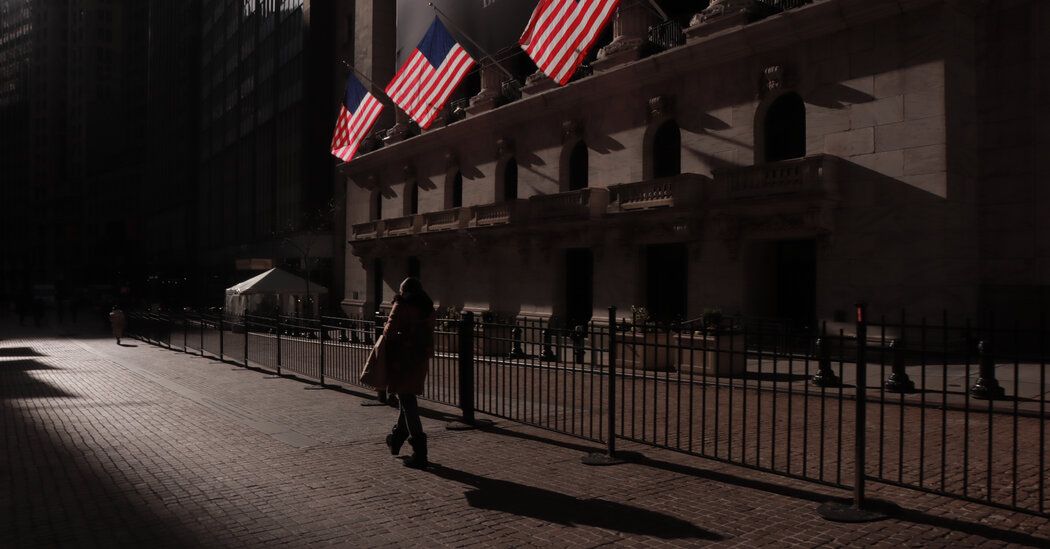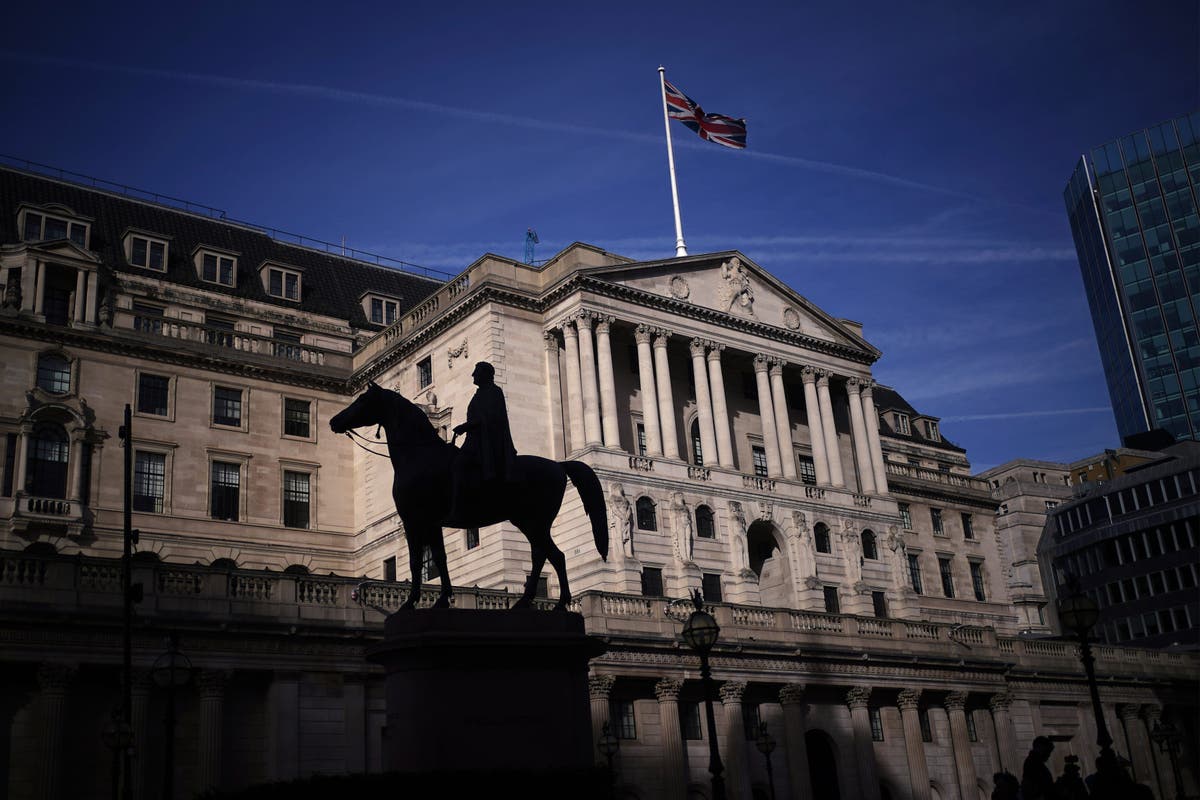An unusual coalition of banks, community groups and racial justice advocates is urging federal regulators to rethink the plan they proposed in July to update rules governing how U.S. banks protect themselves against potential losses.
Regulators are calling for an increase in the amount of capital (cash-like assets) that banks must hold to tide them over in an emergency and avoid the need for a taxpayer-funded bailout like that of the 2008 financial crisis. The demise of three midsize banks and a fourth smaller one last year, under pressure from rising interest rates and losses from cryptocurrency businesses, reinforced regulators' view that additional capital is needed. Financial regulators around the world, including those in the European Union and Britain, are adopting similar rules.
Banks have long complained that having too much capital forces them to be less competitive and restrict lending, which could hurt economic growth. The interesting thing about the latest proposal is that groups that do not traditionally align with the banks are joining the criticism. They include pension funds, green energy groups and others concerned about the economic ramifications.
“This is the biblical dynamic: capital rises, banks scream,” said Isaac Boltansky, an analyst at brokerage firm BTIG. “But this time it's a little different.”
On Tuesday, the last day of a month-long period in which the public could give feedback to regulators on the proposal, banking lobbyists made a new effort to get it scrapped. While there is no indication that regulators will completely withdraw the proposal, the avalanche of complaints about it is likely to force them to make big changes before it becomes final.
What are the goals of the rules and why are they important?
The Federal Reserve, the Federal Deposit Insurance Corporation and the Office of the Comptroller of the Currency — the agencies that will determine the final rules — want to synchronize U.S. standards with those developed by the Basel Committee on International Banking Supervision. The committee has no direct regulatory authority, but regulators are following its guidance in the hope that an agreement on how much capital big banks around the world should hold will help avert a crisis.
The new capital rules would apply only to institutions with $100 billion or more in assets, including 37 U.S. and foreign bank holding companies. Some of the rules are tailored even more narrowly to institutions so large that regulators consider them systemically important. Regulators and financial industry participants are calling the rules “the end of Basel III” because they are the U.S. government's attempt to carry out a 2017 proposal by the Basel committee called Basel III.
If some version of the proposed US plan is completed this year, the rules will take effect in July 2025 and be fully operational in 2028.
What is the position of the banks on this matter?
Banks have long complained about having to hold more capital to offset the risks posed by lending, trading and other day-to-day activities. They also oppose the latest 1,087-page plan. Industry efforts to derail the proposal have included websites like americanscantaffordit.com and stopbaselendgame.com, a steady stream of investigative articles detailing the plan's flaws, influence campaigns on Capitol Hill and even threats to sue regulators. .
On Tuesday, two lobbying groups, the American Bankers Association and the Banking Policy Institute, submitted a comment letter, more than 300 pages long, listing ways the proposed rules could drive lending activity to the banking industry in shadow, reduce market liquidity and cause “a significant and permanent reduction in GDP and employment.”
Banks are particularly upset by a proposal to protect against the risks posed by mortgage lending. The option (it is one of several laid out in the plan, but has attracted the most attention) would force them to pay more attention to the characteristics of each loan and, in some cases, assign the loans a risk score much higher than the that they currently have.
They say the rule could cause them to stop lending to borrowers they don't consider safe enough. That could hurt first-time home buyers and those without stable banking relationships, including African Americans, who regularly face racism from the banking business.
Banks also say the rules would make it harder for private companies to get loans by forcing them to be considered riskier borrowers than public companies, which have to disclose more financial information. Banks say many private companies are as safe as some public companies, or safer, even if they don't have to meet the same financial reporting requirements.
Who else is upset?
Some liberal Democrats in Congress and nonprofits dedicated to closing the racial wealth gap are concerned about the plan's treatment of mortgages. Others say parts of the proposal could hurt renewable energy development by eliminating tax benefits to finance green energy projects.
The National Community Reinvestment Coalition, which pushes banks to do more business in majority Black and Hispanic neighborhoods where banks often have little presence, warned that parts of the proposal's “overly aggressive capital requirements” would likely make it significantly more expensive. mortgages for people of lower wealth. populations.”
Pension funds, which parts of the proposal would count as private rather than public companies, say it would force banks to unfairly treat them as riskier financial market participants than they really are.
Are the concerns valid? And will they force regulators to change their plan?
There is no doubt that the regulators' final proposal, if they issue it, will be different from the July proposal.
“We want to make sure that the rule supports a vibrant economy, that it supports low- and moderate-income communities, that it gets the right calibration on things like mortgages,” said Federal Reserve Vice Chairman of Supervision Michael S. Barr. on Tuesday. Jan. 9 during a financial industry event in Washington. “The public comment we're getting on this is really critical for us to achieve this. “We take it very, very seriously.”
Most observers think criticism of the plan will force regulators to make substantial changes. But not everyone agrees that the future under the new rules is so clearly bleak. Americans for Financial Reform, a progressive policy group, argued in its comment letter, which praised the proposal overall, that research showed banks lent more — not less — when they had more capital in reserve.
Still, “there are more complaints about this from more groups than there normally are,” said Ian Katz, an analyst at Capital Alpha who covers banking regulation.
That could mean the banks really are right this time, even if their warnings about economic pain sound familiar. But, Katz said, the future is less predictable than the banks suggest. While some may withdraw from lending under stricter capital rules, others may see an opportunity to increase their market share in the absence of former competitors.
“We don't know how individual companies would respond to this final rule,” he said.









